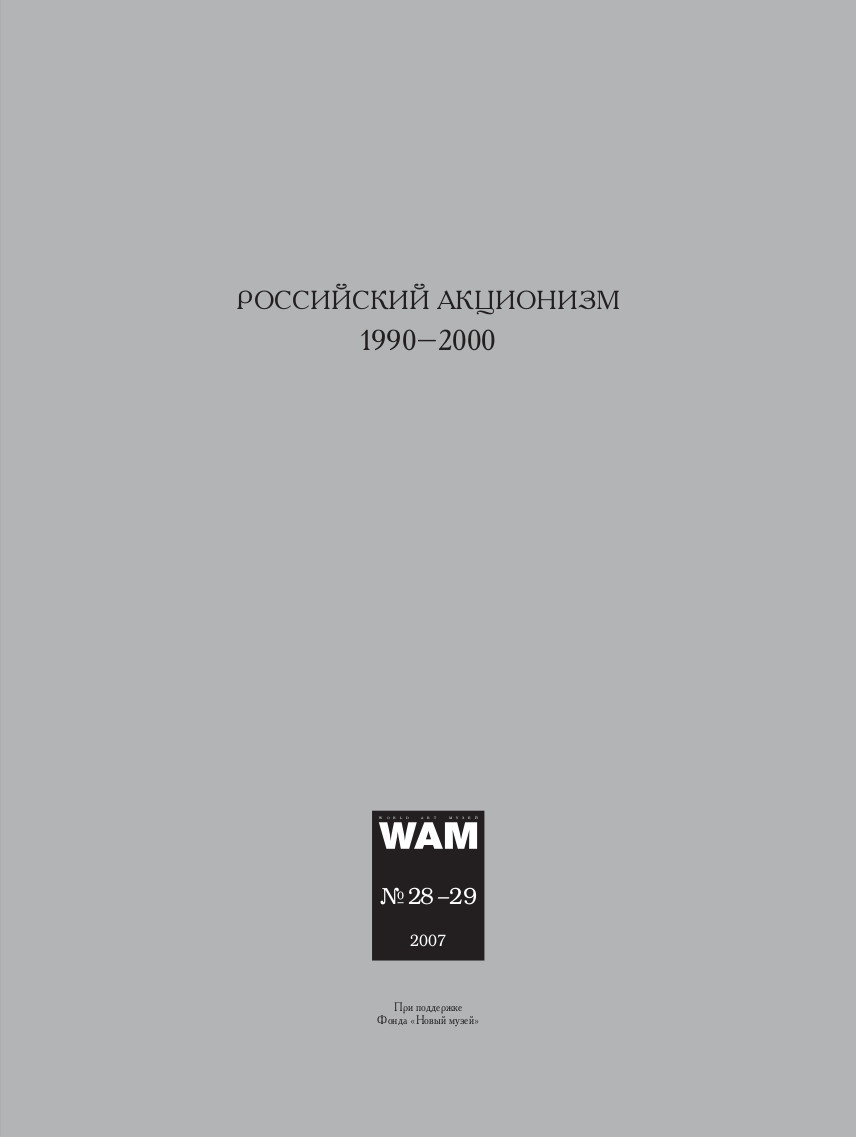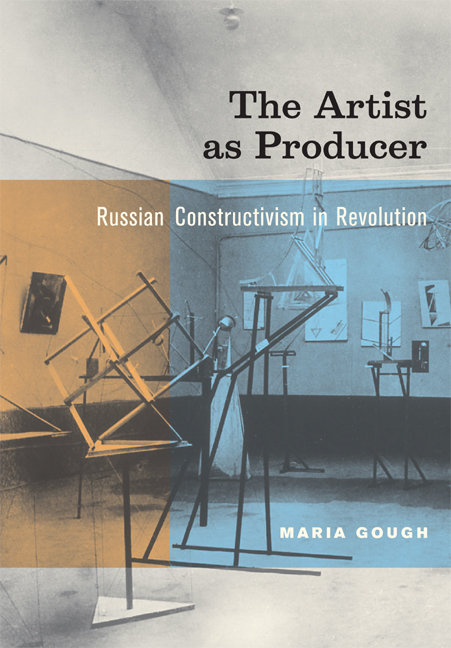Konstantin Akinsha: The Second Life of Soviet Photomontage, 1935-1980s (2012)
Filed under book | Tags: · art, art history, avant-garde, cinema, constructivism, film, ideology, montage, photography, photomontage, politics, propaganda, russia, socialist realism, soviet union
“This dissertation explores the development of Soviet photomontage from the second half of the 1930s to the end of the 1970s. Until now, the transformation of the modernist medium and its incorporation into the everyday practice of Soviet visual propaganda during and after the Second World War has not attracted much scholarly attention. The firm association of photomontage with the Russian avant-garde in general, and with Constructivism in particular, has led art historians to disregard the fact that the medium was practised in the USSR until the final days of the Soviet system. The conservative government organisations in control of propaganda preserved satirical photomontage in its post-Dadaist phase and Heartfield-like form, finding it useful in the production of negative propaganda.”
Doctor of Philosophy Dissertation
University of Edinburgh, 2012
328 pages + 368 pages of illustrations
PDF (29 MB)
Comment (0)Andrey Kovalev: Russian Actionism, 1990-2000 (2007–) [RU, EN]
Filed under book | Tags: · 1990s, action art, art, art criticism, contemporary art, happening, performance, performance art, politics, russia

A survey of 450 performances, actions and happenings held in Moscow, St. Petersburg, Yekaterinburg and elsewhere. Descriptions and photo documentation are accompanied by press coverage and testimonies of participants and witnesses.
A ten-page English summary published in Artchronika magazine is introduced as follows:
“The phrase “performance in the 1990s” immediately evokes several images: Oleg Kulik slaughtering a pig at Regina Gallery; Anatoly Osmolovsky sitting on the shoulder of the Mayakovsky monument; Oleg Kulik again, this time attacking passers-by like a rabid dog; Alexander Brener masturbating on the diving board at the Moscow swimming pool or calling out Boris Yeltsin to fight on Red Square; the barricade erected on Nikitskaya Ulitsa; members of the Radek group on top of Lenin’s mausoleum; the crucifixion of Oleg Mavromatti; and so on. These stories have become pure myth, retold with breathy excitement and longing for glory days lost to the past, or cited in various criminal court cases.”
Special issue of WAM (World Art Музей), 28-29, Moscow, 2007.
ISSN 1726-3050
416 pages
English excerpts
Published in Artchronika, Spring-Summer 2008, pp 108-117
Российский акционизм. 1990-2000 (Russian, 2007, 21 MB)
Gestures of an Era, or the Era of Gestures (English, 2008)
Maria Gough: The Artist as Producer: Russian Constructivism in Revolution (2005)
Filed under book | Tags: · 1920s, architecture, art, art history, art theory, avant-garde, communism, composition, constructivism, electricity, formalism, functionalism, politics, productivism, revolution, russia

“The Artist as Producer reshapes our understanding of the fundamental contribution of the Russian avant-garde to the development of modernism. Focusing on the single most important hotbed of Constructivist activity in the early 1920s—the Institute of Artistic Culture (INKhUK) in Moscow—Maria Gough offers a powerful reinterpretation of the work of the first group of artists to call themselves Constructivists. Her lively narrative ranges from famous figures such as Aleksandr Rodchenko to others who are much less well known, such as Karl Ioganson, a key member of the state-funded INKhUK whose work paved the way for an eventual dematerialization of the integral art object.
Through the mining of untapped archives and collections in Russia and Latvia and a close reading of key Constructivist works, Gough highlights fundamental differences among the Moscow group in their handling of the experimental new sculptural form—the spatial construction—and of their subsequent shift to industrial production. The Artist as Producer upends the standard view that the Moscow group’s formalism and abstraction were incompatible with the sociopolitical imperatives of the new Communist state. It challenges the common equation of Constructivism with functionalism and utilitarianism by delineating a contrary tendency toward non-determinism and an alternate orientation to process rather than product. Finally, the book counters the popular perception that Constructivism failed in its ambition to enter production by presenting the first-ever case study of how a Constructivist could, and in fact did, operate within an industrial environment. The Artist as Producer offers provocative new perspectives on three critical issues—formalism, functionalism, and failure—that are of central importance to our understanding not only of the Soviet phenomenon but also of the European vanguards more generally.”
Publisher University of California Press, 2005
ISBN 9780520226180
xi+257 pages
Reviews: Paul Wood (Art Journal, 2006), Charlotte Douglas (Modernism/modernity, 2006), Elizabeth Kridl Valkenier (Russian Review, 2006), Patricia Railing (Slavic Review, 2007), Douglas Greenfield (Slavic and East European Journal, 2007), Roann Barris (SECAC Review, 2007).
PDF (21 MB, no OCR)
Comment (1)
